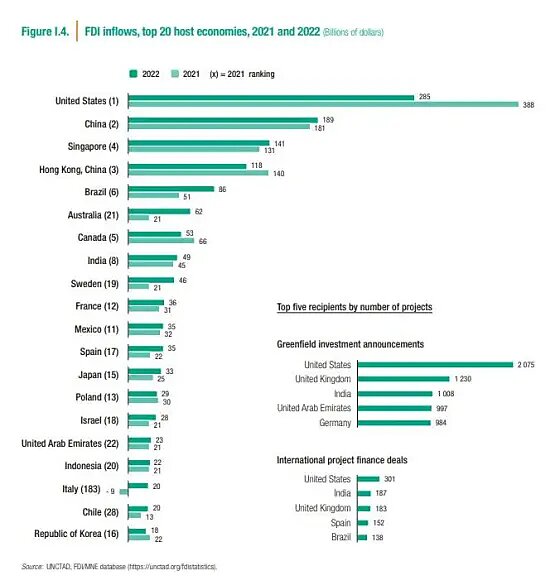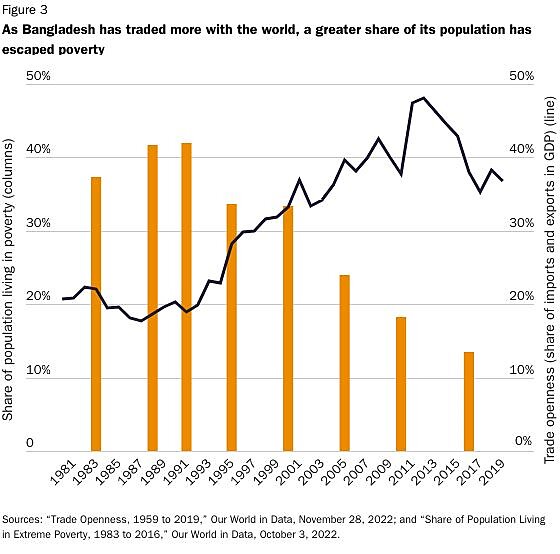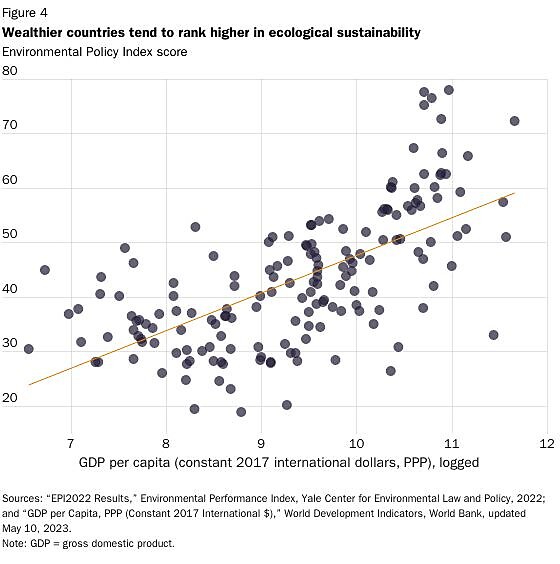Okay, okay, just kidding. (But still: Go Rangers.)
Anyway, one of the most common criticisms of free trade and globalization is the dreaded “race to the bottom”: Open markets, so the story goes, let greedy multinational corporations invest in places with terrible labor and environmental conditions, and in turn push governments to progressively lower their regulations to attract those investments. Over time, this allegedly leads to conditions (wages, work hours, pollution, and so on) both here and abroad that are worse than they’d be without all that “free market fundamentalism”—and worse than they were just a few years prior.
The race-to-the-bottom theory became trendy—especially on the left—in the late 1990s during the last big anti-globalization push. Perhaps most famously, Nobel laureate Joseph Stiglitz said in 2002 that “globalization has become a race to the bottom, where corporations are the only winners and the rest of society, in both the developed and developing worlds, is the loser.” The narrative continues today. In fact, our very own United States trade representative, Katherine Tai, has repeatedly asserted that the race to the bottom is not just real, but a core failure of past U.S. trade policy. A few weeks ago, in fact, her office went out of its way to trumpet House Ways and Means Committee Ranking Member Richard Neal’s letter to the Wall Street Journal defending the Biden administration’s protectionist approach to trade because it supposedly avoids the “race to the bottom.”












